Extinction is an unpleasant fact for every species on the planet. Given enough time, every species – including humans – will eventually die off.
But while extinction is a natural part of life, it occurs for a variety of different reasons. Some species become extinct because they are forced to contend with new competitors. Others are unable to adapt to changing climates or habitat shifts, and therefore become extinct. These types of extinctions usually occur over tens of thousands of years, which gives new species the chance to take their place.
Other extinctions occur incredibly quickly – often within a matter of decades or centuries. When this happens, there isn’t enough time for new species to fill the niches the extinct species formerly filled. This can unbalance the natural order and put the entire ecosystem in jeopardy.
Unfortunately, humans cause many of these extinctions. Humans do so in a variety of ways, ranging from habitat destruction to excessive hunting to forcing the creatures to live in polluted habitats.
We’ll talk about a few of the animals that are in the most imminent danger from extinction below. We’ll also explain some of the reasons that these species are in danger.
Cross River Gorillas
Cross River gorillas are some of the most endangered primates in the world.
Native to a small part of western Africa, Cross River gorillas are a subspecies of the western lowland gorilla. They inhabit an isolated region that is nearly 200 miles away from their closest relatives. Like most gorillas, Cross River gorillas primarily subsist on leaves and fruits they collect from their rainforest homes.

A variety of factors have led to the decline of these animals. Habitat destruction is one of the leading factors, as humans have converted much of the gorillas’ former range into farmland. Additionally, some people hunt these gorillas, even though it is illegal to do so.
Kemp’s Ridley Sea Turtle
All sea turtles are experiencing population declines, but the Kemp’s ridley sea turtle is the most endangered species in the world.
The Kemp’s ridley sea turtle inhabits much of the Western Atlantic Ocean (which is part of the reason they are also called Atlantic ridley sea turtles) and the Gulf of Mexico. They nest on beaches ranging from Venezuela to New Jersey, but they occasionally travel farther north than this while feeding.

Like most other sea turtles, the Kemp’s ridley sea turtle initially experienced a population decline thanks to human hunting. However, while hunting these turtles is now illegal, they are still under immense pressure from other threats. Habitat loss is one of the biggest challenges these turtles face, but pollution also causes many of these turtles to die.
Additionally, the fishnets used by commercial fishermen entangle many Kemp’s ridley sea turtles.
Amur Leopard
One of the most endangered animals in the world, the Amur leopard is only represented by a handful of individuals.
Amur leopards live in a very small area near the Russia-China border. However, they were formerly found over a much larger area, which included the entire Korean peninsula. Amur leopards have thicker coats than most other leopards, and they also have paler markings.

A variety of threats face the Amur leopard. Much of their forest habitat has been cut down to make room for farmland, and illegal poaching is also a very serious problem for these beautiful leopards. Unfortunately, these activities have made the Amur leopard the rarest cat in the world. Scientists estimate that fewer than 100 individuals now live in the wild.
Javan Rhino
While most rhinoceroses are experiencing drastic population declines, the Javan rhino will likely be the next species to become extinct.
The Javan rhinoceros is a relatively small rhino with smaller horns than most other species. Although these animals formerly inhabited much of Southeast Asia, they are now only found on the very westernmost tip of Java. Scientists suspect that there are only about 60 individuals still living in the wild.

Several factors have caused Javan rhinos to suffer such drastic population declines. However, as with all other rhino species, illegal poaching has been the most significant factor. They’re often hunted for their horns, which are (wrongly) thought to provide health benefits to those who consume them.
Unlike some other rhino species, Javan rhinos are solitary animals, who spend most of their lives alone.
Vaquita
The vaquita goes to show that all animals – even those who live in the water – are at risk of extinction.
The vaquita is a critically endangered dolphin that lives in the Gulf of California. Very small animals, the average vaquita is only about 4 feet in length. They primarily feed on fish, squid and mollusks, which they capture in shallow water near mangrove forests.
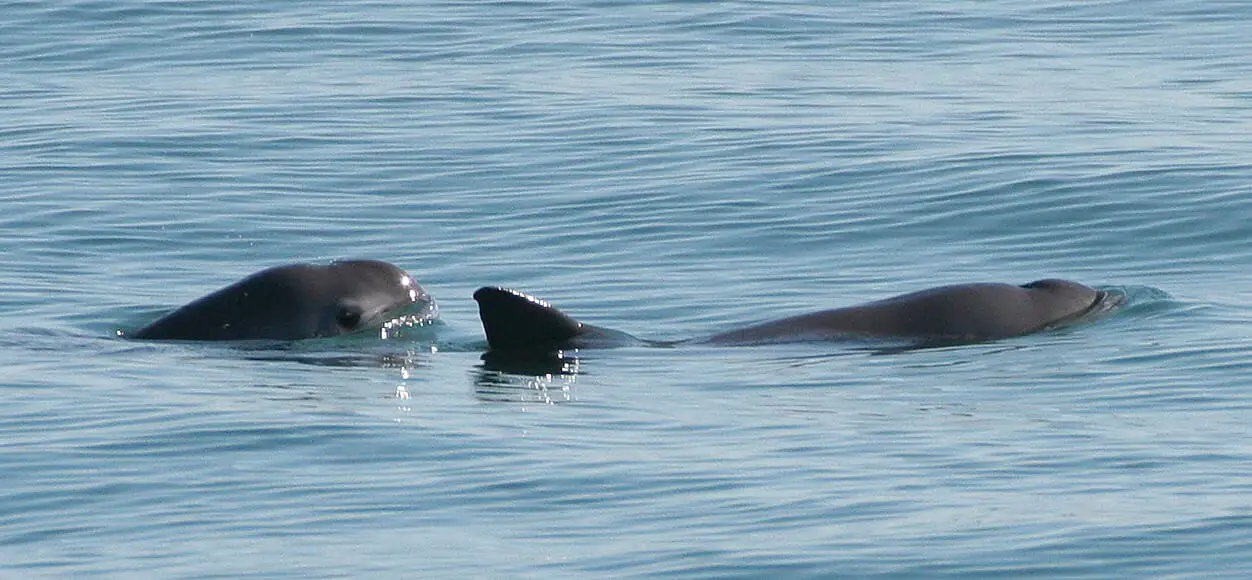
Scientists currently believe that less than 100 vaquitas exist in the wild. The biggest threat to vaquitas is the commercial fishing industry, which often causes the dolphins to become entangled in their large nets. While efforts are underway to help educate fishermen about the dangers their nets represent to these species, the vaquitas are likely to disappear entirely unless significant changes are made.
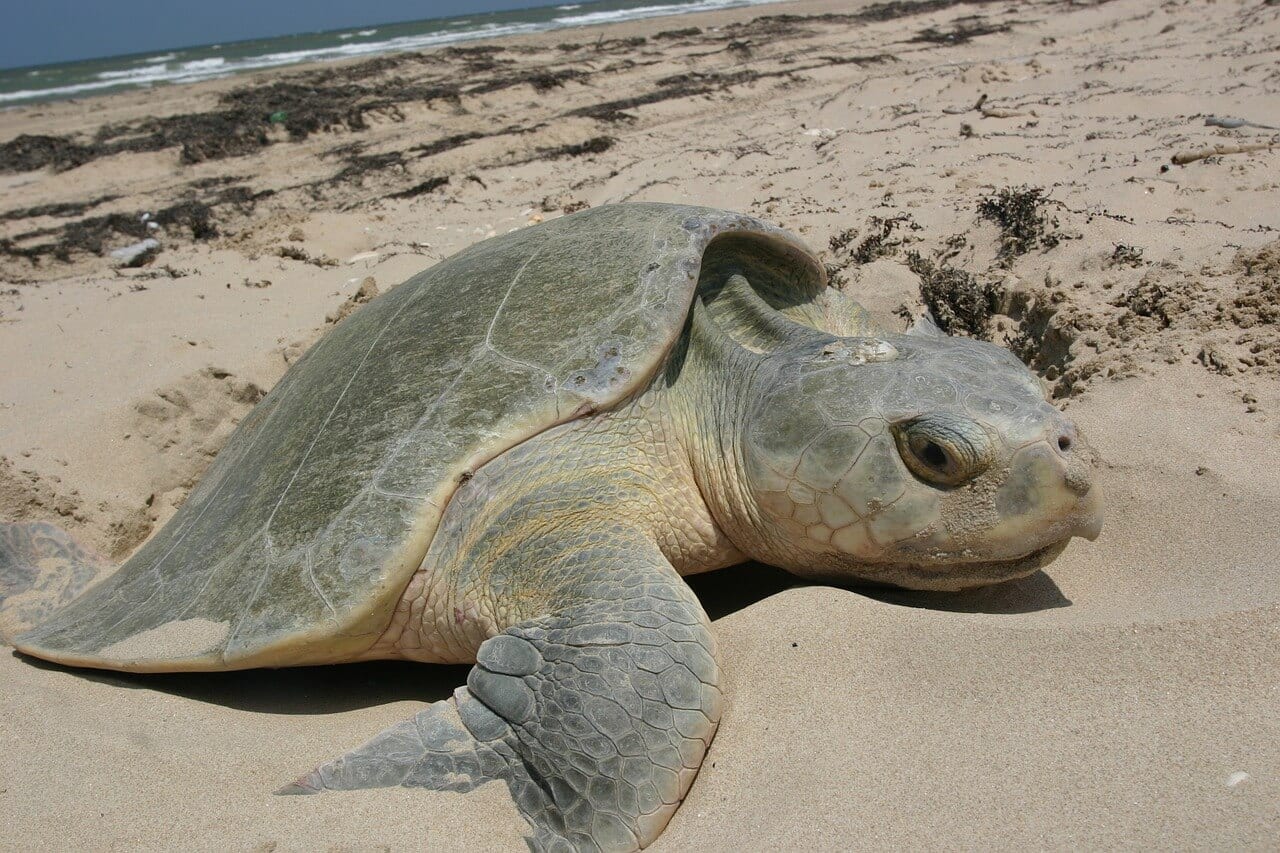
Unfortunately, humans have played a big part in the population declines of many of these species. However, as more people learn about the perils these animals face, they may begin taking steps to protect these animals. This may allow some of them may recover entirely.
If any of these animals go extinct, it will certainly be unfortunate. However, their loss not only means we won’t be able to enjoy these species – but it also means that the ecosystems in which they live may suffer damage too. Accordingly, it is vitally important that humans take the necessary steps to protect these fantastic creatures.
What kinds of things can you do to help protect endangered species? Let us know your ideas in the comments below.



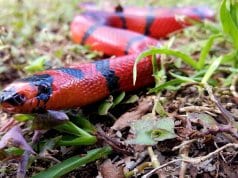
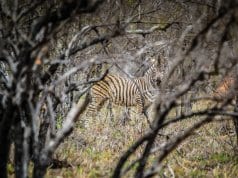
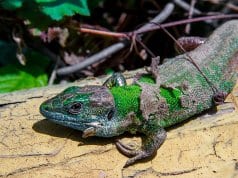
![Red Angus Closeup of a beautiful Red Angus cowPhoto by: U.S. Department of Agriculture [pubic domain]https://creativecommons.org/licenses/by/2.0/](https://animals.net/wp-content/uploads/2020/03/Red-Angus-4-100x75.jpg)

